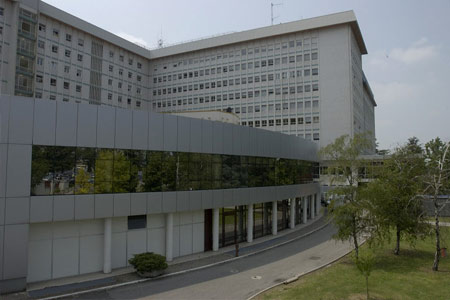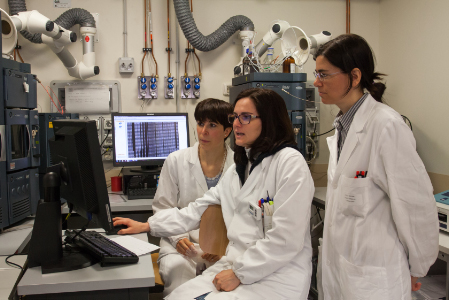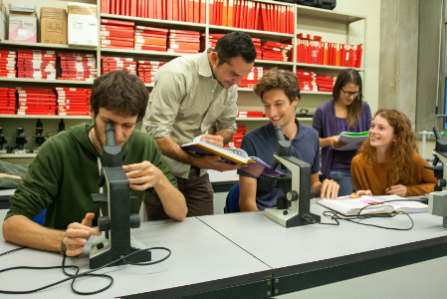In this project we showed that MOG35-55-specific T(helper)h1 and Tc1, but not Th2 ad Tc2, lymphocytes preferentially adhere to inflamed brain venules in an experimental murine model that mimics inflammation during EAE (experimental autoimmune encephalomyelitis), the animal model of multiple sclerosis. A virtually complete inhibition of rolling and arrest of Th1 and Tc1 cells in inflamed brain venules was observed with a blocking anti-PSGL-1 antibody and anti-E and P-selectin antibodies. In addition, efficient recruitment of activated CD4 and CD8 lymphocytes to the brain in the contexts mimicking EAE and MS is controlled by FucT-VII and FucT-IV. Furthermore we obtained results showing that induction of active EAE in C57Bl mice was delayed and disease severity was reduced in FucTIV&VII-/- mice. Fucosyltransferases exert a complex regulatory role in the induction of autoimmune diseases of the central nervous system, as, surprisingly, encephalitogenic T cells obtained from PSGL-1-/- and FucT-VII-/-, were able to transfer a more severe disease than T cells from wt mice. Furthermore, administration of anti-PSGL-1 and anti-E-and P-selectin antibodies increased EAE severity. Taken together these interesting and unexpected results suggested us that PSGL-1 and FucT-VII are also critical for suppressive activity exerted by some lymphocyte subpopulation on the autoimmune process.
During the second year of financial support the data obtained show a role for CCR7 in CD4 and CD8 lymphocyte arrest in inflamed brain venules. An important goal was to characterize the modalities of integrin activation and of the signal transduction pathways controlling the recruitment of T cells in brain microcirculation. In order to specifically inhibit Jak-2 kinase and RhoA small G protein, we used the trojan peptide technology based on Penetratin-1 (P1) derived from antennapedia. Our results showed that Jak-2 is involved in the adhesive mechanisms controlling the recruitment of CD4 and CD8 cells in inflamed brain venules. We also used Rho domains fused with P1 in order to selectively study the involvement of Rho A domains in the adhesion of autoreactive T cells. Intravital microscopy experiments showed that both RhoA23-40 and Rho92-119, but not RhoA75-92, domains control the arrest of MOG35-55-specific CD4 and CD8 T cells. Moreover we provide the first evidence that both LFA-1 affinity triggering and valency regulation are required for sticking in inflamed brain venules. Importantly, P1-JAB peptide able to block Jak-2 kinase activity and P1-RhoA92-119 peptide were also able to efficiently block EAE demonstrating that interfering with integrin valency regulation (that is not required for naive lymphocyte homing) might represent a new alternative therapeutic approach to be explored in EAE/MS.







